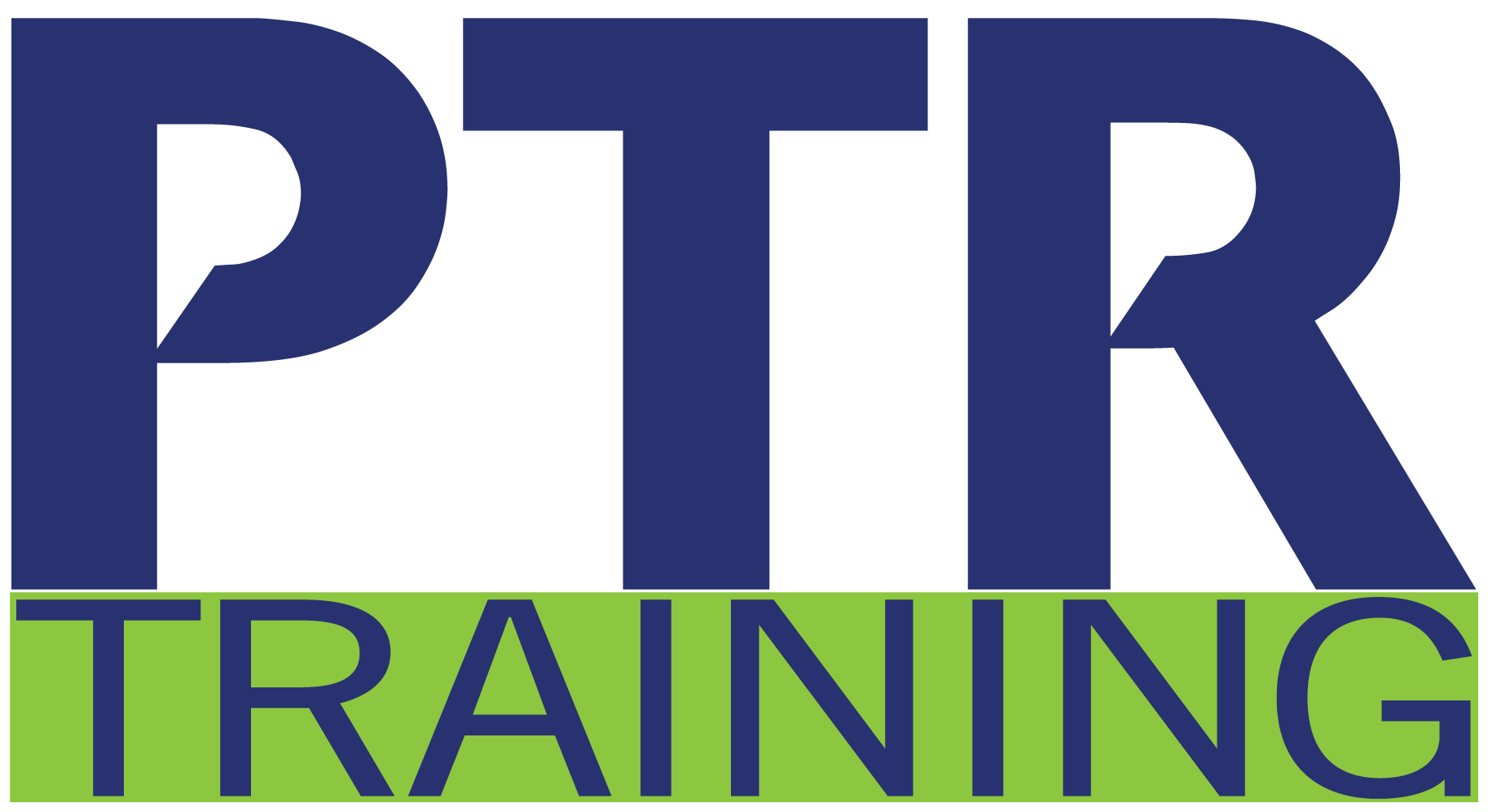The ability to write SQL is an essential job skill for those who need to manage large volumes of data, produce reports, mine data, or combine data from multiple sources. Even if someone else on your team creates reports for you, having a fundamental understanding of SQL querying will help you ask the right questions and know what you're looking for in your data analysis tools.
Learning Objectives »
- Connect to the database and execute a query
- Include a search condition in a simple query
- Use various functions to perform calculations
- Organize the data obtained from a query before it is
displayed onscreen - Retrieve data from multiple tables
- Export the results of a query
Course Agenda
Executing a Simple Query
- Connect to the SQL Database
- Query a Database
- Save a Query
- Modify and Execute a Saved Query
Performing a Conditional Search
- Search Using One or More Conditions
- Range of Values and NULL Values
- Search Data Based on String Patterns
Working with Functions
- Perform Date Calculations
- Calculate Data Using Aggregate Functions
- Manipulate String Values
Organizing Data
- Sort Data
- Rank Data
- Group Data
- Filter Grouped Data
- Summarize Grouped Data
- Use PIVOT and UNPIVOT Operators
Retrieving Data from Multiple Tables
- Combine the Results of Two Queries
- Compare the Results of Two Queries
- Retrieve Data by Joining Tables
Exporting Query Results
- Generate a Text File
- Generate an XML File





